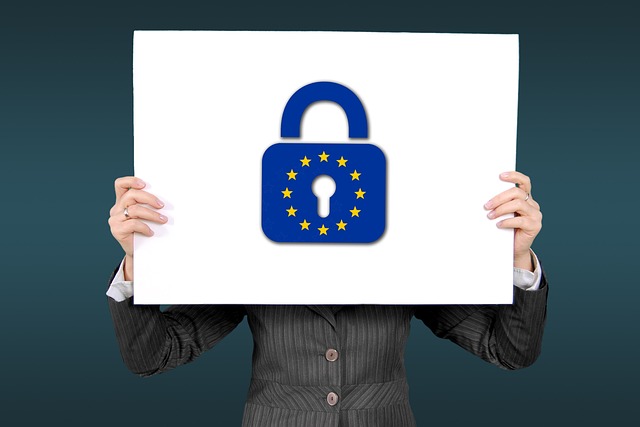
Demystifying Legal Compliance in IT Security: A Guide for Information Technology Professionals
Demystifying Legal Compliance in IT Security: A Guide for Information Technology Professionals
In the fast-paced world of information technology, where innovations emerge overnight and cybersecurity threats evolve just as quickly, legal compliance often feels like an intimidating maze. For IT professionals, grappling with the complexities of regulations can be overwhelming, leaving many to wonder: how do we secure our systems while also ensuring we don’t fall afoul of the law?
The landscape of IT security is not just about technology; it is inextricably linked to legal obligations that organizations must adhere to. Laws and regulations such as the General Data Protection Regulation (GDPR), Health Insurance Portability and Accountability Act (HIPAA), and others impose stringent security standards that must be met. These regulations are not just bureaucratic hurdles; they are essential safeguards designed to protect sensitive data from breaches and misuse.
For IT professionals, understanding legal compliance requires more than a basic grasp of the law. It requires an appreciation for how these regulations integrate with daily operational practices and security protocols. Here are some key areas where you should focus:
Understand the Regulations Relevant to Your Industry
The first step toward achieving legal compliance is identifying the specific regulations that apply to your industry. Each sector—from healthcare to financial services—has its own set of rules governing data privacy and security. Engaging with qualified legal counsel or compliance experts can provide clarity and ensure you are on the right path.
Establish a Framework for Compliance
Building a framework for legal compliance begins with a thorough risk assessment. Identify the potential threats to your information systems and categorize data by sensitivity. By understanding what information needs the highest level of protection, you can tailor your security measures accordingly.
Implement Robust Security Protocols
Adhering to legal compliance entails more than just paperwork; it requires actionable steps to secure your data. This includes implementing firewalls, encryption protocols, and regular security audits. Additionally, incorporating training programs for employees to recognize phishing attempts, social engineering, and other security threats is crucial in fostering a culture of compliance.
Maintain an Ongoing Compliance Program
Compliance is not a one-time achievement but an ongoing process that requires maintenance. As laws evolve and new technologies emerge, your compliance efforts should adapt. Regularly review policies and practices, conduct audits, and stay informed about changes in legislation that could impact your organization. A proactive approach will not only keep your organization secure but also build trust with clients and stakeholders.
Foster Collaboration Across Departments
IT security is a shared responsibility, and fostering collaboration between IT, legal, and compliance teams is essential for navigating the complexities of legal compliance. Establishing clear communication channels ensures that all departments are aligned, facilitating a unified front in tackling compliance challenges. This collaborative approach helps to build a more secure environment while fulfilling legal obligations.
For IT professionals, the journey through legal compliance might appear daunting at first, but it is a manageable challenge with the right resources and mindset. By demystifying the legal landscape and integrating compliance into your security strategy, you will not only protect your organization but also contribute to a broader culture of responsibility within the industry.



